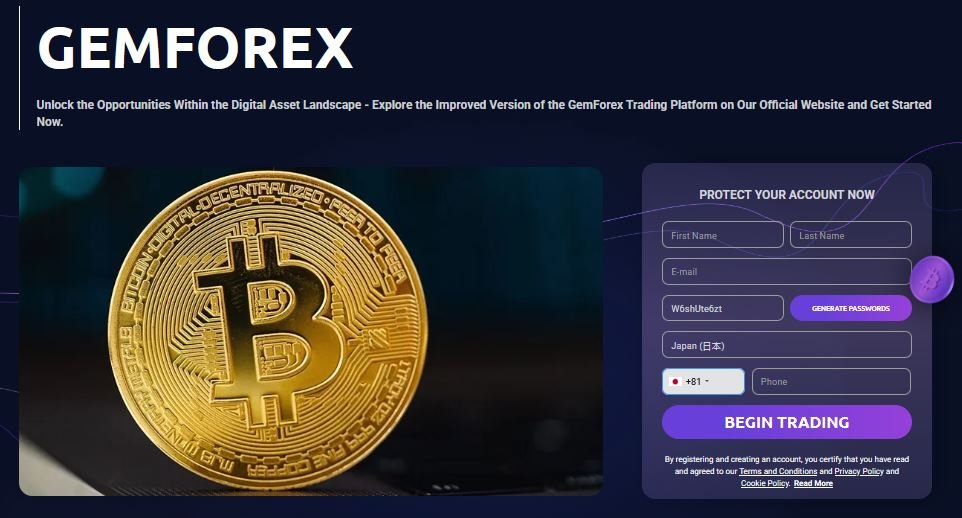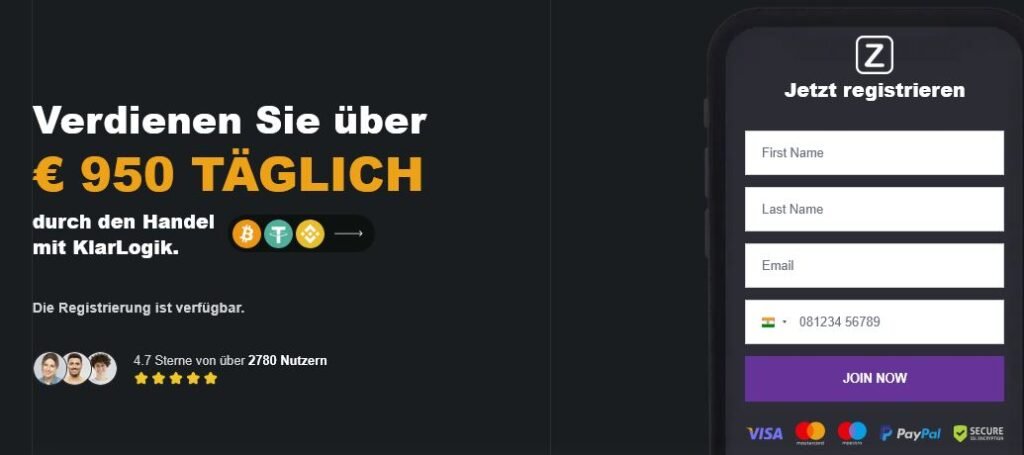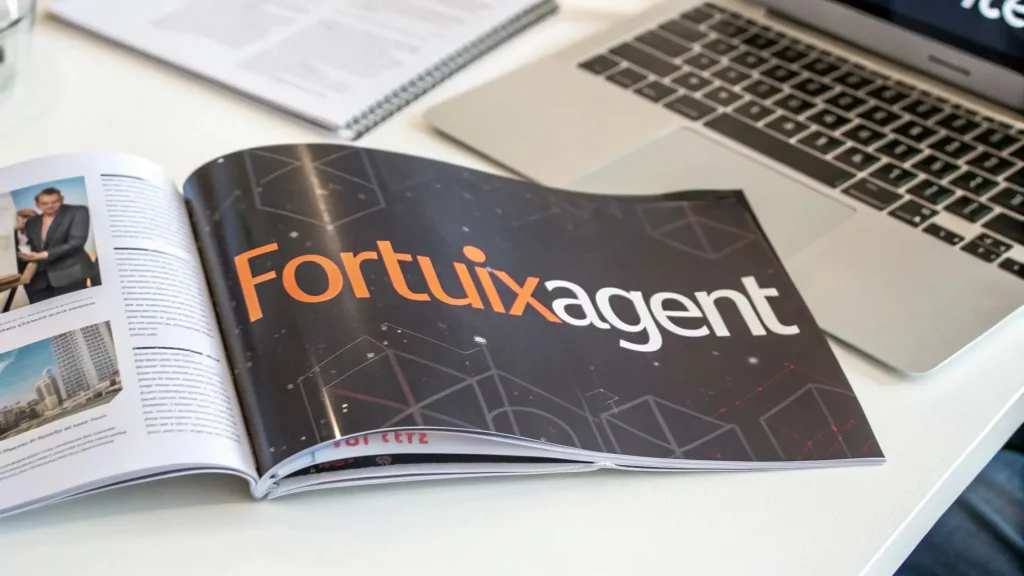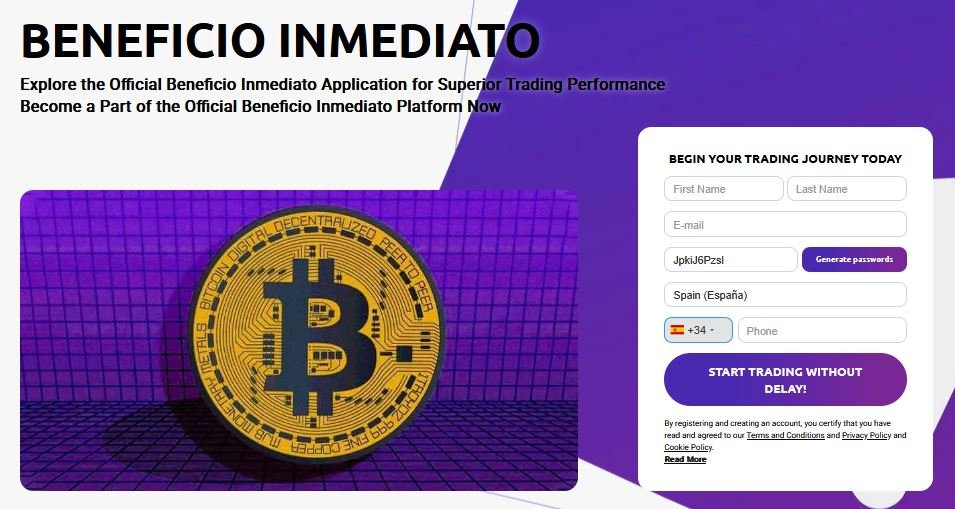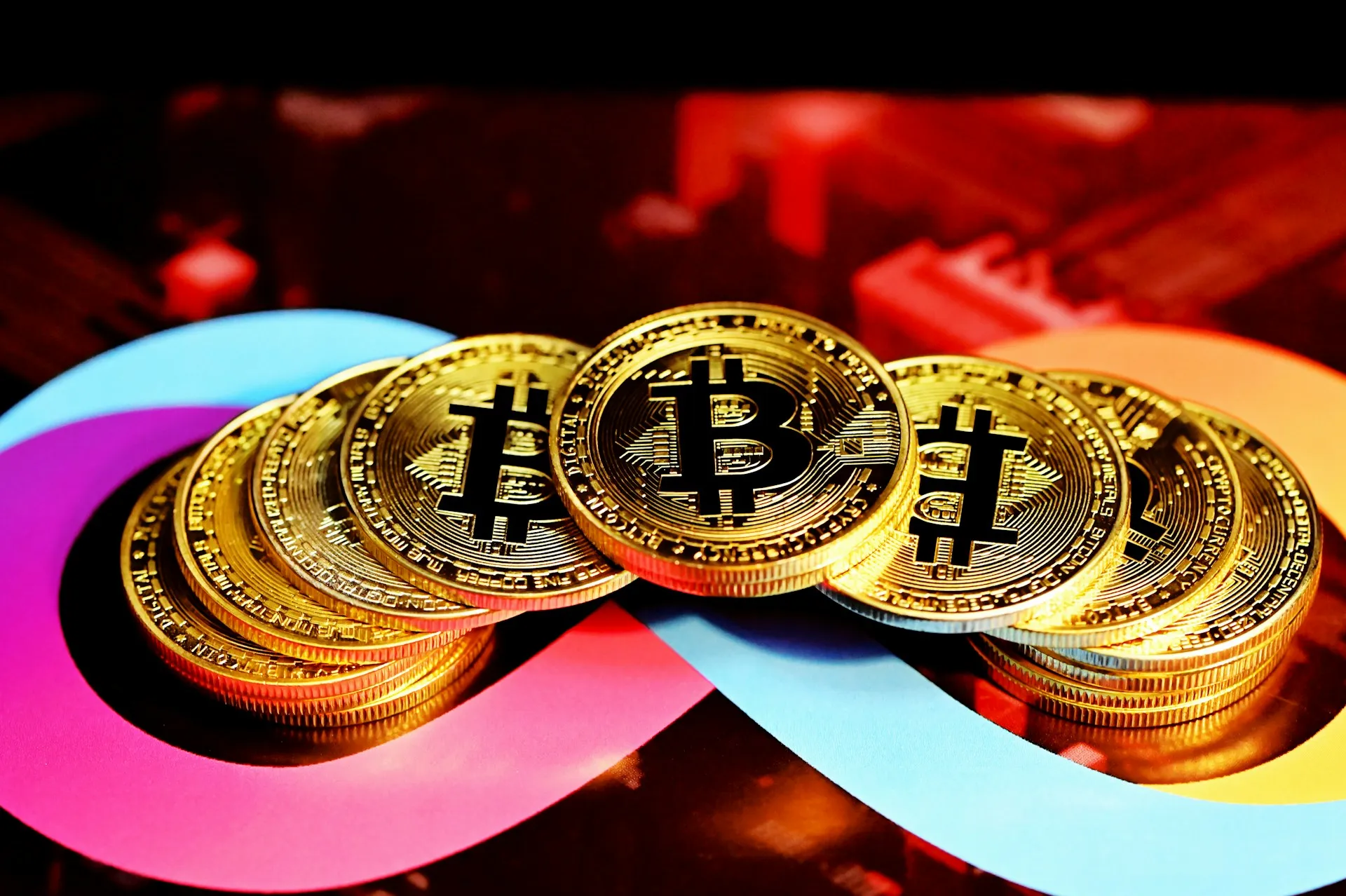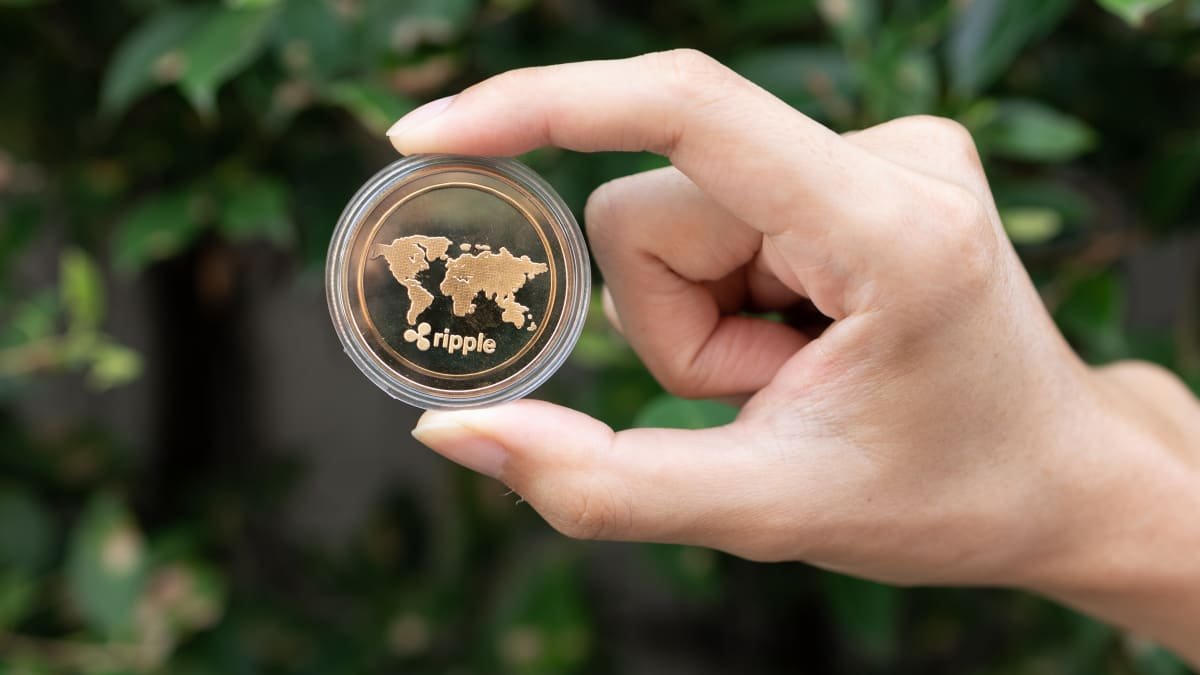Chainlink could be the most obvious “bet” for this cycle

Chainlink (LINK), the cryptocurrency of the decentralized oracle network of the same name, is positioned as one of the clearest options for making profits in the current market cycle, according to analyst Miles Deutscher. This is due to its central role in trends such as tokenization and real-world assets (RWA).
Over the past two years, the total value locked in RWA has grown from roughly $1 billion to more than $13 billion, one of the most prominent expansions within the crypto ecosystem.
Deutscher notes that financial institutions recognize the limitations of the traditional SWIFT system and are looking for comprehensive platforms that avoid fragmentation in transaction fulfillment. This need has driven players like BlackRock, which is pushing tokenization, and companies like Stripe and Circle, which are developing their networks.
In this multi-network context, Chainlink acts as a universal translator that allows the value of assets such as stocks, bonds, or real estate to be brought to the decentralized environment using oracles.
As defined by CriptoNoticias’ Cryptopedia, RWAs are tokens that represent tangible assets that exist outside the digital realm, such as works of art, real estate, commodities, or merchandise. They also represent intangible assets such as bonds, patents, copyrights, credits, and concessions.
With an 84% market share in the oracle segment on Ethereum and a 68% share in the entire DeFi ecosystem, Chainlink secures, as of July, $84.65 billion in total value protected. This position makes it a key supplier to a market that is projected towards trillions of dollars in tokenized assets, the specialist argues.
Deutscher compares this traction to that of XRP, the cryptocurrency from the company Ripple Labs that has historically been linked to institutional adoption, but currently has a value locked in DeFi close to $85 million. Despite XRP’s market cap being more than 12 times higher than LINK’s, the analyst sees Chainlink’s relative value as more attractive.
The analyst also recalled that the oracle network has advanced in adoption by traditional finance players, with integrations including SWIFT, DTCC, Euroclear, JPMorgan, and Mastercard. As you see it, these deals generate revenue through on-chain fees and corporate contracts, which in turn feed Chainlink’s newly created reserve.
This strategic reserve automatically converts revenue, whether in ETH, USDC, or other assets, into exchange-acquired LINK tokens, which go into a long-term growth treasury.
The reserve mechanism, combined with LINK staking that offers a yield of close to 4.32% per annum, creates a cycle in which adoption drives revenue, which generates purchases of LINK in the market, which reduces the circulating supply and strengthens the security and utility of the network. Deutscher describes this process as a “flywheel” that connects growth and buying pressure on an ongoing basis.
Expanding the ecosystem
In addition to what Deutscher says, Chainlink continues to expand its ecosystem with integrations ranging from asset tokenization to DeFi and gaming solutions.
Between June 30 and July 6, it added 18 new integrations on networks such as Base, BNB Chain, Ethereum, Optimism, Polygon, and Solana. Projects such as Aktionariat, Botanix Labs, and Matrixdock are among those incorporated, diversifying use cases and strengthening the network’s presence in multi-chain environments.
For Deutscher, the key to the thesis is that, although the industry does not know what the dominant layer-1 chain or RWA application will be, it is known that Chainlink provides the infrastructure that connects these systems. Its role resembles that of an essential supplier of tools in a gold rush, where profits come from enabling the ecosystem rather than competing on the final product.
The analyst compares Chainlink to technology platforms such as AWS, Azure, or Google Cloud, but applied to the decentralized field. He believes that, if these divisions were independent, their valuation would be trillions of dollars. And it maintains the idea that Chainlink represents an equivalent for the decentralized economy by providing the B2B infrastructure fundamental to its operation.
In a market where the institutionalization of cryptocurrencies and the expansion of tokenization are advancing rapidly, Chainlink’s dominant position in the oracle sector, its network of alliances with global financial institutions, and its economic model based on recurring purchases of its token place it, according to Deutscher, as a strategic option to capture value in this cycle.




